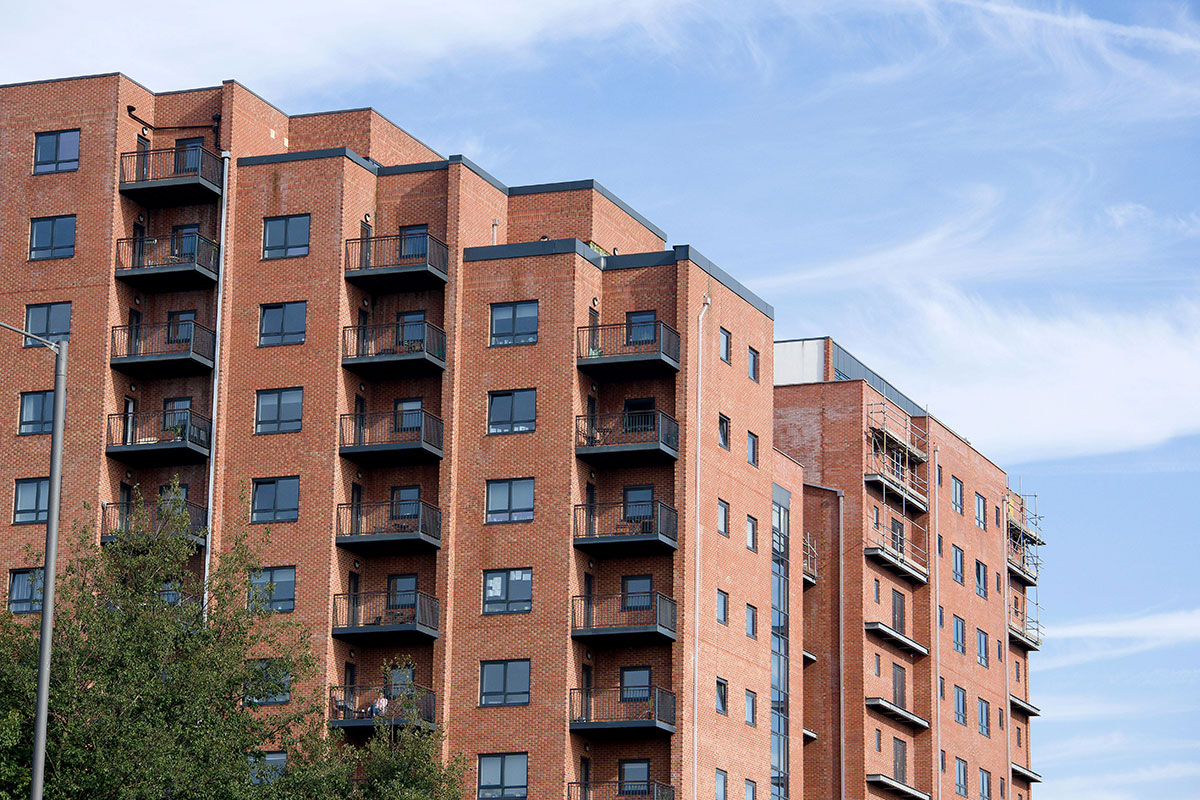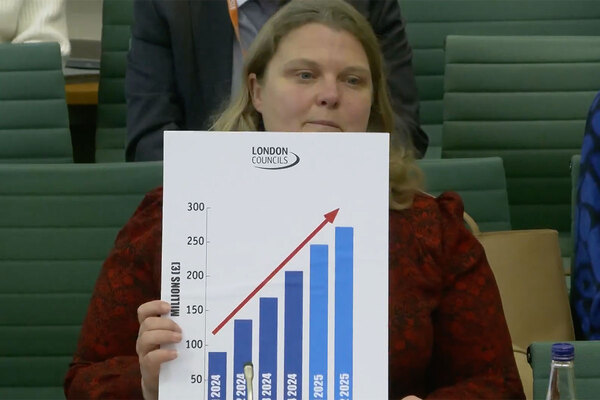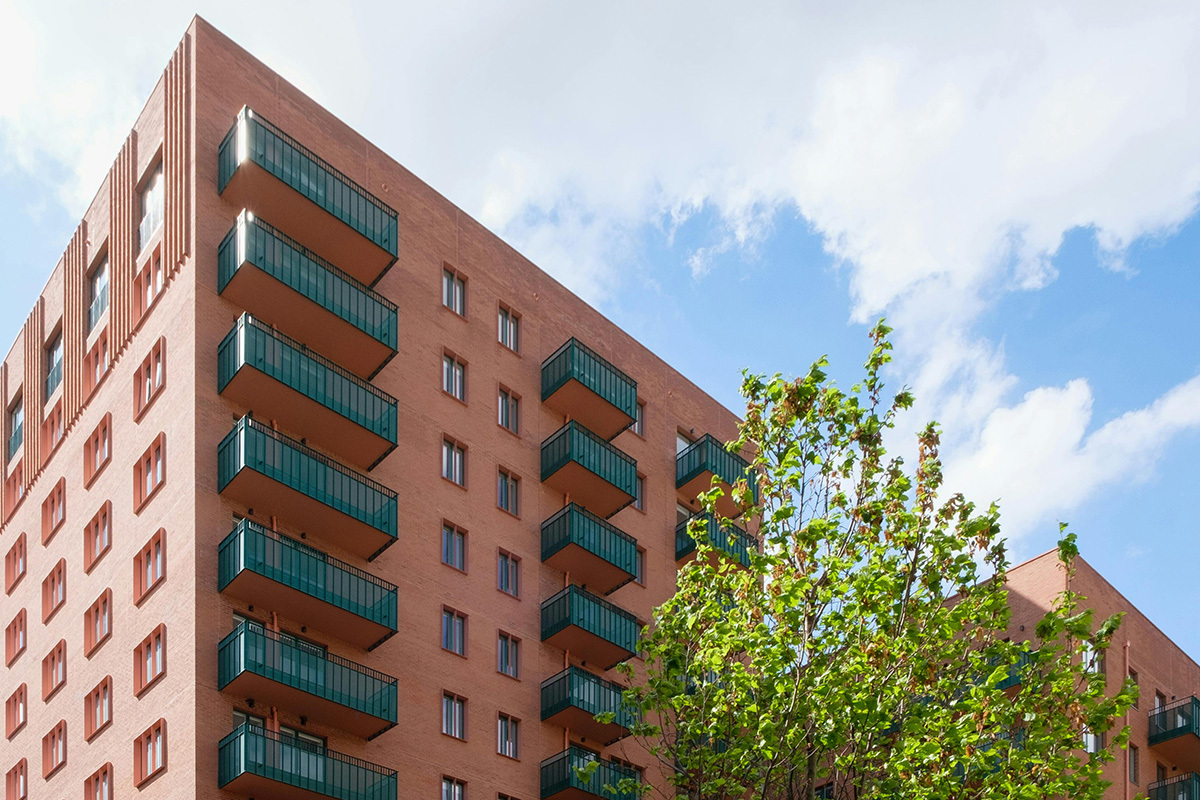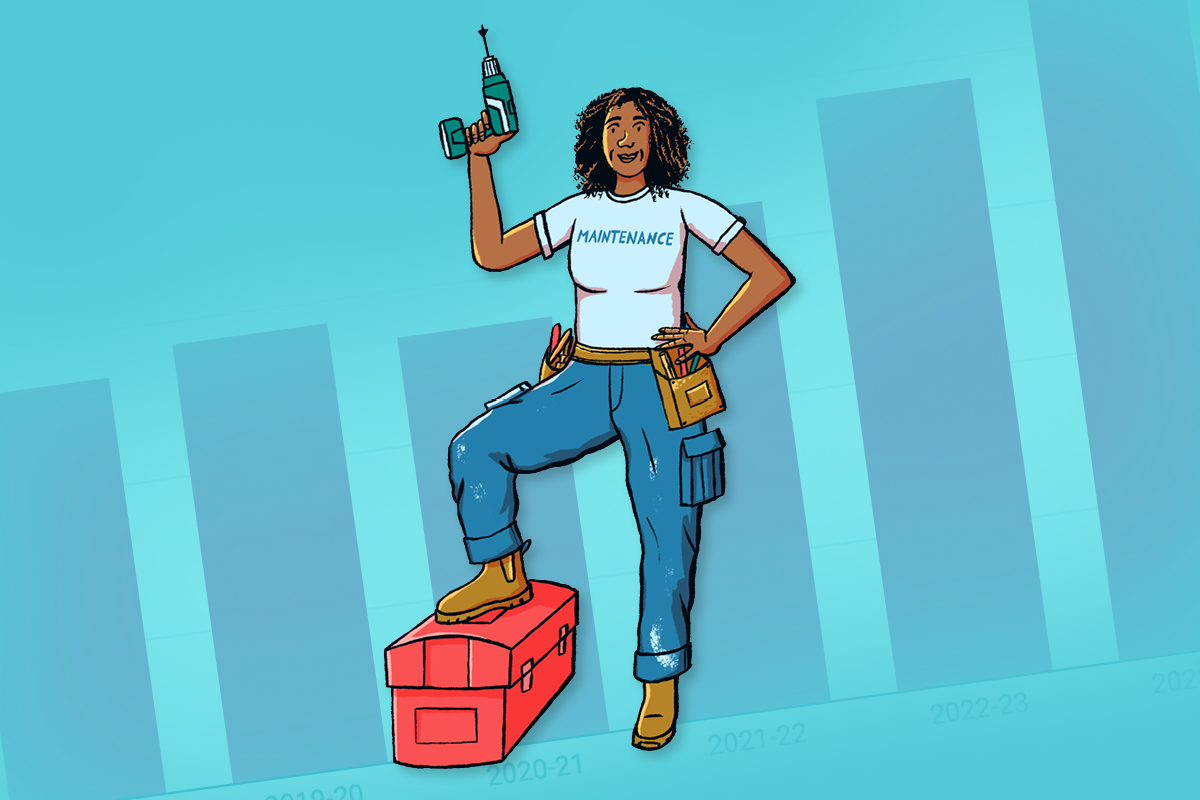Lessons from the ombudsman: health and safety
Richard Blakeway, the housing ombudsman, shares key learnings to help landlords improve their services and prevent complaints. This month, he discusses how landlords should approach health and safety
This month focuses on the big six health and safety areas (gas, electrics, fire, asbestos, water and lift safety). While there is much to be proud of in the sector’s approach, complaints can be an early warning sign of issues.
Our casework has highlighted the human impact of failings, with a resident living without a functioning fire door for 28 months and a disabled woman being carried up and down the stairs for almost two years because of a faulty lift.
There are 10 key lessons to take away.
1) Putting obligations into practice
In cases relating to fire safety, there was evidence that some landlords were unclear about some obligations, with limitations in process, including around personal evacuation, or gaps in colleague training.
Health and safety obligations can be technical, but are essential. Landlords should consider using complaints to identify any disconnect between policy and practice, including where additional training may be required.
2) Disconnect causes delays
Every case reviewed involved excessive delays, despite many of the reports requiring an emergency response. Landlords should consider asking why these disconnects occur, to make sure they are able to fulfil their obligations under health and safety legislation and put in place policies that meet these in practice.
“Landlords should consider using complaints to identify any disconnect between policy and practice, including where additional training may be required”
3) The link to stock condition
Safety and wider issues with a property’s condition can interlink. A landlord failing to deal with a leak for a long period could cause new problems with electrics and create further damage to the living environment.
It is also important for landlords to listen to the resident and their experience of living in the home, to make sure it does not miss issues or dismiss valid concerns.
4) Appropriate action
Too often, the schedule of works may not reflect the results of a survey, without evidence of how the differences were reconciled. While cost is a consideration, landlords need to assure themselves the action is appropriate to resolve the risks identified.
5) Mitigating impact
Too few landlords demonstrated that they had considered ways to mitigate the impact on the household where their response took longer than expected.
Where emergency timescales are required to resolve issues, landlords should consider what alternative arrangements it can offer a resident. This may include alternative power sources or a temporary move from the property. This may be particularly urgent, depending on the circumstances of the household.
6) Fixing during voids
In some cases, properties were let with a safety issue unaddressed. The reasons for this ranged from poor records to coordination with suppliers. Understanding and addressing the causes for any failing during a voids inspection could prevent these failings being repeated.
“Effective knowledge and information management is essential, and complaints can provide insights to strengthen the recording and use of information”
7) Poor communication
Poor communication can undermine a resident’s confidence in a landlord’s response. These communication shortcomings can be internal as well as with third parties.
A landlord should be confident that it is able to provide up-to-date information, or progress any works where needed. This includes undertaking the correct survey for the specific safety issue.
Whenever issues occur, effective communication is vital, due to the extremely sensitive nature of the topic. This should be clear and manage expectations, providing regular updates where possible.
8) Information management
Several cases showed significant gaps in landlords’ records. This includes the quality of records or the absence of them, with inspection reports and risk assessments sometimes missing. Effective knowledge and information management is essential, and complaints can provide insights to strengthen the recording and use of information.
9) Consider compensation
Failings can lead to financial hardship. The complaints process can help put this right. Where complaints about gas safety or leaks are made, landlords should consider the resident’s fuel costs when calculating compensation, if relevant. This can be important to make sure the landlord’s communication is empathetic, to rebuild trust with the resident.
10) The mental toll
Resident experiences frequently cite the impact on their mental health. In one case, these issues contributed to unreasonable resident behaviour. Landlords may need to take action to manage the behaviour in accordance with its policies without losing sight of the need to resolve the potential hazard. This can also require clear communication about the actions it may need to take to resolve the issue.
Richard Blakeway, housing ombudsman
Sign up for our asset management newsletter
Already have an account? Click here to manage your newsletters
Latest stories










